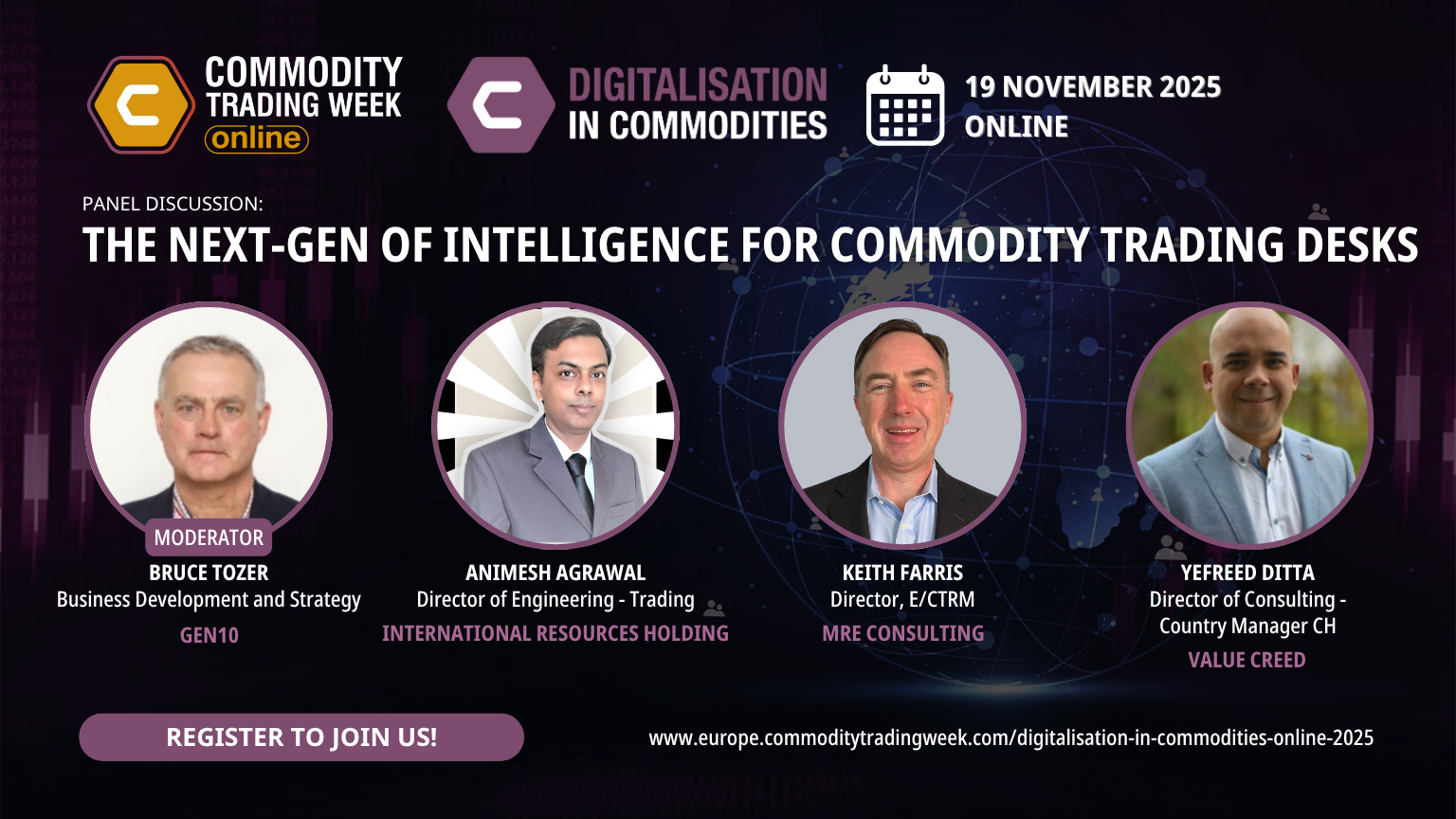
Trading in metals, and particularly concentrates, has always been complex. And this complexity creates many challenges across the business, for traders, operations, and risk managers.
Quality data is just one variable that presents a range of challenges; it means calculating complex pricing, ensuring contracts include all these pricing variables, allocating stock carefully with regards to tolerances, and the additional logistics of sampling and inspections. Not to mention within hedging, where assays change the metal content and therefore value of positions as the organisation gathers more data. Trading firms therefore need to be able to easily access and update multiple business areas, from operations and allocations, through to hedging, M2M, invoicing and P&L as quality data is updated.
Risk management is another area that has always represented a data challenge, but with increasing uncertainty from geopolitical and other external factors, stress testing is more important than ever. This risk management means that trading organisations need to interrogate their data to understand what might happen based on a given scenario.
This scenario-based what-if analysis spans both risk and trading desks, with traders now assessing the impact of a particular new trade or assay in-the-moment before making a decision – not waiting for a daily report. But risk management is also the responsibility of operations and logistics teams, whose data can provide a valuable audit trail in investigating and preventing fraud, supply chain monitoring, and vessel and container tracking.
Other challenges facing metals traders include accessing trade finance as many banks have exited the space, and those that remain have tightened up their reporting requirements. This enhanced reporting adds further complexity to the data metals traders need to collect, verify and share across the organisation.
Environmental concerns and the energy transition may also present challenges for metals traders, including the additional reporting and financial burdens of the EU’s Carbon Border Adjustment Mechanism (CBAM), which requires importers of iron, steel, and aluminium, amongst other commodities, to declare and pay for the manufacturing carbon emissions.
And adding to the geopolitical uncertainty is the ever-changing US tariff regime, and other nations’ responses in the form of reciprocal tariffs. For now, metals traders need to be more confident than ever in their origination and traceability, more strategic in their allocations, and able to ensure sudden changes to import duties are included in their contracts, invoices, reporting, and financials.
Each of these external challenges ultimately creates the same internal challenge. They all add to the complexity and volume of data that needs to be managed within the trading organisation.
The complexity affects all offices
Front-, middle- and back-offices are all highly specialised and highly complex entities. They are all using data in their own complex workflows, and need to ensure that they are operating with agility, speed, efficiency, and with complete accuracy, to rise to the ever-evolving challenges.
But the challenges also mean that people need to be collaborative and effective in how they share this data across the other teams who also rely on it. This means that if one area of the business brings in a point solution that enables them to improve their own data management, they can be inadvertently adding to the complexity elsewhere. Particularly if this solution is not properly integrated into wider organisation-level data flows.
And companies often need these point solutions as there is no one system that can solve every single problem for every single company. For example, businesses may well be using a CTRM, ERP, general ledger, vessel tracking system, and many others all at the same time. Each system is not relevant for all individuals within the company, but the data produced within each system will feed into the activities of other teams at various points in the trade lifecycle.
Reducing complexity, and also workloads, therefore relies on simplifying data management between these multiple systems. Each team within your organisation needs access to the data being managed by other teams, and in today’s fast-paced world, they need it in real-time as it is being produced. Simplifying complexity in data management between teams needs software that is connected and collaborative. Metals traders need to ensure that their commodity management platform can automate and simplify data workflows, not only within its core operations, but across connected systems too.
Ensuring this interoperability between systems as a starting point for new projects allows your IT systems to streamline data management, automate processing, and ultimately simplify complexity. For metals traders, this efficiency is essential; it can reduce the errors associated with manually copying information, accelerate asset turnover and therefore profitability, and ensure people across the organisation have the live information they need to make the best decisions.
There are many challenges adding complexity to metals trading, some established, and some evolving, but what they have in common is that they can all be at least partially addressed by improving data management within the organisation.
Improving and automating data flows leaves your people free to respond to the changing situation as it evolves, freed from repetitive data-copying, without the friction of waiting for responses from others, and with all the information they need to focus on the activities that make metals trading interesting and add value to your business.


